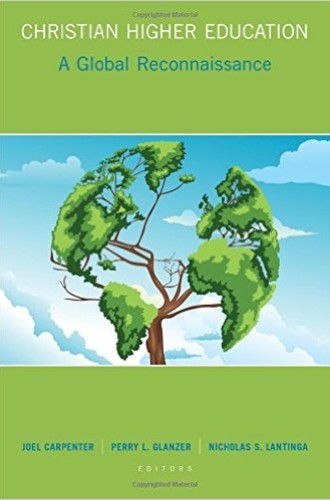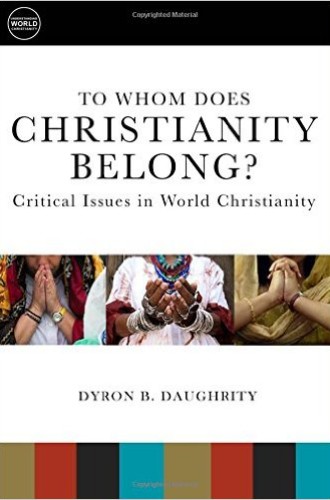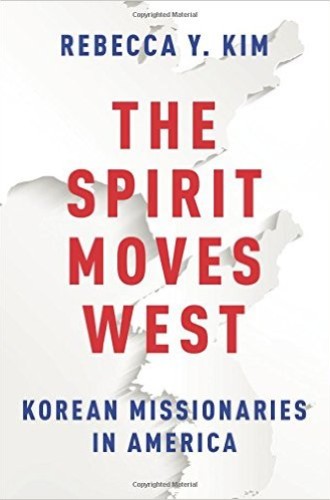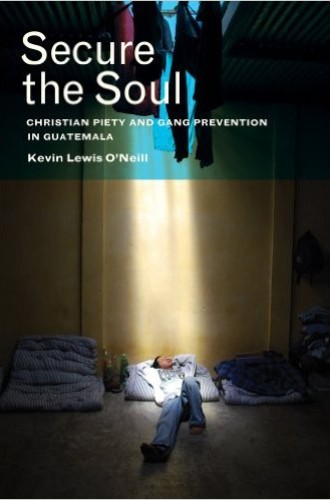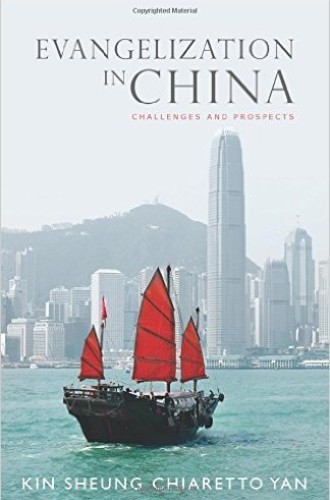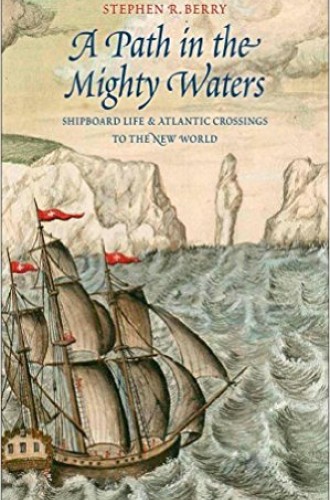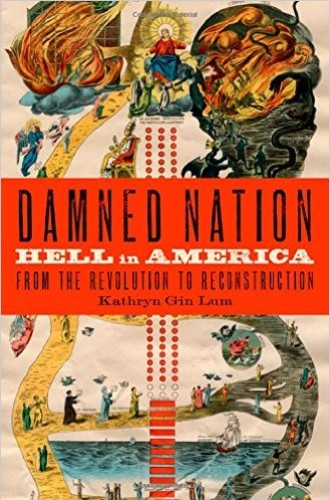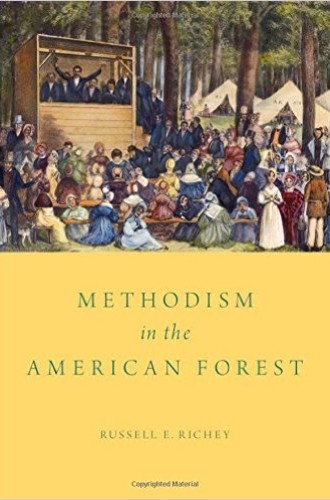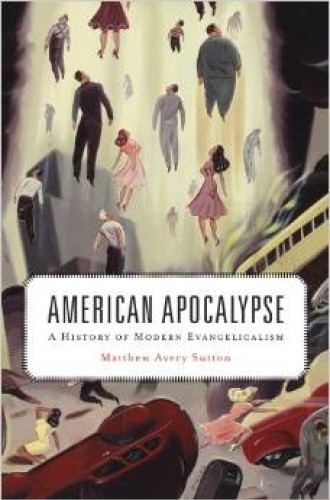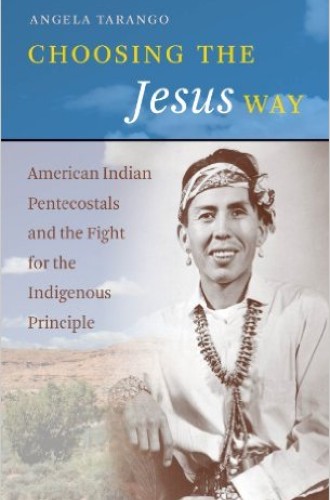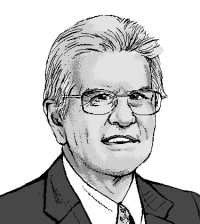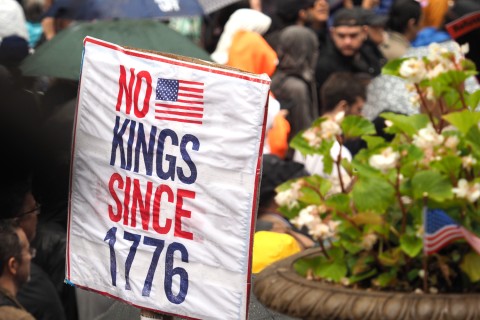Global Christianity & American religious history
Christian Higher Education: A Global Reconnaissance, edited by Joel Carpenter, Perry L. Glanzer, and Nicholas S. Lantinga. Even where their overall numbers in a society are tiny, Christians often establish their presence and status through the excellence of their schools and colleges. With surprising frequency, these institutions prove attractive to groups and families one would initially expect to be deeply hostile to the faith. The case studies in this book examine the upsurge of new institutions in the Global South and offer instructive comparisons with the older Christian world.
To Whom Does Christianity Belong? Critical Issues in World Christianity, by Dyron B. Daughrity. This volume is the centerpiece of the promising new Fortress series Understanding World Christianity. This well-written, accessible survey integrates the sociological and political with the theological.
Read our latest issue or browse back issues.
The Spirit Moves West: Korean Missionaries in America, by Rebecca Y. Kim. A powerhouse of the faith, South Korea has become the world’s second largest sender of missionaries and is arguably beginning its own golden age of missions. Rebecca Kim offers an in-depth study of the country’s thriving University Bible Fellowship on the basis of years of interviews and participant observation.
Secure the Soul: Christian Piety and Gang Prevention in Guatemala, by Kevin Lewis O’Neill. During the 1980s, a brutal civil war transformed Guatemala into a facsimile of hell in which many familiar institutions were wantonly destroyed. The prolonged crisis left tens of thousands of young men rootless, their lives revolving around extremely violent gangs and illicit drug networks. The only institutions with much hope of patching together something like civil society have been churches, especially Pentecostal congregations. In a superb piece of ethnography, Kevin Lewis O’Neill traces the churches’ highly practical Christian work through a series of settings and scenarios, including rehab centers, prisons, and even call centers staffed by Christian ex-gangbangers. An eye-opening and sometimes frightening book.
Evangelization in China, by Kin Sheung Chiaretto Yan. The author confronts the peculiar dilemmas that the church—especially the Catholic Church—faces in China, particularly the delicate path it has to walk as it operates simultaneously in the global sphere and within China. How does the church avoid giving the impression that it is an agent of foreign intervention and imperialism? How do the overt Christians of the state-approved church and the underground believers relate to one another? The book benefits immensely from the author’s firsthand experience.
A Path in the Mighty Waters: Shipboard Life and Atlantic Crossings to the New World, by Stephen R. Berry. This learned and gracefully written book explores religious culture aboard 18th-century Atlantic sailing vessels. Most of the spiritual lives that unfolded on the ships have remained shrouded in obscurity. Yet many passengers left a rich documentary trail in logbooks, journals, and letters. The liminality of ship life, the impact of dangerous experiences on belief and behavior, and the jostling of different traditions and social classes in close quarters affected religious assumptions in disconcerting ways. The experience proved a valuable dry run for the daily hardships and the challenges of pluralism that the travelers would face after they reached the colonies.
Damned Nation: Hell in America from the Revolution to Reconstruction, by Kathryn Gin Lum. These days, 59 percent of Americans believe in hell. No wonder. Despite the Enlightenment’s dismissal of it, the concept of hell flourished in antebellum America, where it was disseminated by the nation’s burgeoning publishing industry. Kathryn Lum offers many reasons. Hell seemed to secure law and order and provide safety for the elect, and it promised that the millennium was imminent. Above all, it rested on a biblical and theological foundation that millions found persuasive.
Methodism in the American Forest, by Russell E. Richey. In this erudite work, the dean of historians of American Methodism shows how field preaching in Britain morphed into woodland camp meetings in early America. Countless souls experienced these events as the very “borderland of heaven.” Seamlessly moving from history to theology, Russell Richey reads the geography of early Methodism for its constructive import today. He prompts us to wonder: Did Methodists leave their mark as a pilgrim people—or as a landed establishment?
American Apocalypse: A History of Modern Evangelicalism, by Matthew Avery Sutton. For more than 150 years evangelicals have poured energy into trying to figure out how history will end. Matthew Avery Sutton carefully unpacks their arcane speculations about dispensations, rapture, apocalypse, millennium, and final judgment, meticulously embedding evangelicals’ speculations in the social, political, and military trends of the age. Some readers will find Sutton’s claims about apocalypticism’s centrality to evangelical religion overstated, but all will find his prose fluid, his research massive, and his arguments forceful and elegant.
Choosing the Jesus Way: American Indian Pentecostals and the Fight for the Indigenous Principle, by Angela Tarango. Moving beyond debunkers of the missionary enterprise on one side and hagiographers on the other, Angela Tarango argues that Pentecostal Navajos appropriated the parts of the missionary message that made sense of their lives and then turned those elements into something all their own. Tarango deftly weaves questions of racial identity and the cultural significance of the Southwest into her remarkably creative narrative. It is with good reason that this volume won the Society for Pentecostal Studies’ award for best book in Pentecostal/Charismatic Studies in 2015.


